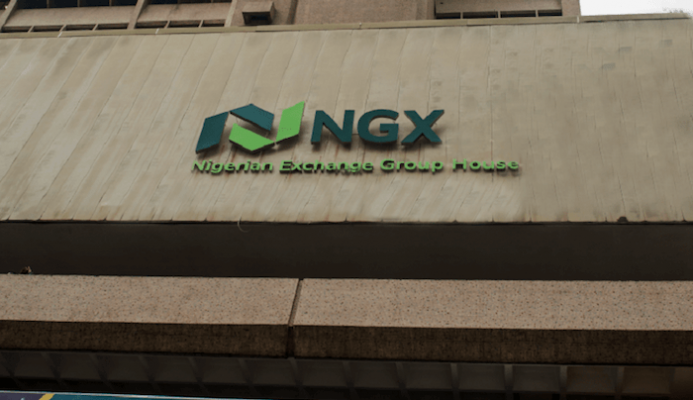Finance analysts say the increasing computing revolution in finance and markets could turn awry, into a runaway train in the long run due to gaps in software laws and regulatory fragmentation.
They noted that software laws, as they are crafted today, could be a major area of concern as no one knows who’s liable if a program goes haywire, just as regulators are struggling to keep pace with technology.
“There are gaps in software laws,” they said citing the U.S where, according to Washington’s Office of Financial Research, “software developers are not generally subject to US product liability requirements,” despite the general presumption that manufacturers have legal liability for product flaws.
Another risk area with self-driving finance is regulatory fragmentation.
“Although digital finance straddles geographical borders and asset classes, regulators do not. That creates a high risk that issues fall through the cracks. In turn, this fuels another issue: the technology is so fast-moving and opaque, that regulators find it hard to assess the cumulative impact or risks of contagion,” they pointed out.
They specifically ponder on what is happening with bitcoin, saying that it is not actually the most head-spinning technological development in finance today, adding that there is a host of other digital innovations emerging including self-driving or automated finance that have attracted little public attention, yet have more far-reaching implications.
“Consider the structure of markets. A few decades ago, most investors assumed that markets were a place where human brokers traded securities, on behalf of flesh-and-blood investors, driven by strategies devised in their brains (or investment committees),” they said, pointing out that the idea “is as quaint as assuming that currencies are controlled by a central bank.
Corporate profits growth, benign default outlook may offset higher interest rates in 2018 – Moody’s
Marko Kolanovic, a JPMorgan analyst, specifically estimates that a mere 10 percent of US equity market trading is actually now conducted by discretionary human traders; the rest is driven by various rules-based automatic investment systems, ranging from exchange-traded funds to computerised high-speed trading programs.
“Just as we are scrutinising self-driving cars, we need a public debate about the computing revolution in finance,” he said.
“What we are seeing, in other words, is the rise of self-driving investment vehicles, matching the auto world. But while the sight of driverless cars on the roads has sparked public debate and scrutiny that has not occurred with self-driving finance,” he highlighted.
Though most of the analysts acknowledged digital finance theoretically delivering huge benefits they of the opinion that the ongoing digital revolution in finance needs to change.
As the Basel-based Financial Stability Board noted in a report last month, computers trade faster and more accurately than humans, and analyse bigger volumes of data to exploit price differentials. In good times, that should make markets more liquid and efficient.
But, as with self-driving cars, there is a catch: technology is moving faster than politicians (or voters) understand, and outstripping the legal and regulatory frameworks. Nobody yet knows how to assign liability if a self-learning financial program goes haywire.
“How are we supposed to think about intent?” asks Yesha Yadav, a law professor at Vanderbilt University.
This according to them is worrying, that in recent years there have been some mysterious flash crashes, or sudden wild price swings erupt in equity, bond, commodity and currency markets, apparently sparked by automated trading.
Although the incidences did not cause lasting damages, since they were temporary and exchanges introduced measures to offset them in future, but nobody quite knows why these flash crashes keep occurring, and regulators admit that the arrival of artificial intelligence (AI) will make it even harder to determine what is happening.
“Applications of AI and machine learning could result in new and unexpected forms of interconnectedness,” the FSB notes, adding that the “lack of interpretability or ‘auditability’ of AI and machine learning methods could become a macro-level risk”.
But digital evangelists are quick to retort that since the arrival of the telegram, new technology has posed challenges for regulators; they also insist that the benefits of innovation more than offset the risks.
However, the key point is this: just as we are scrutinising self-driving cars, we need to have a public debate about the computing revolution in finance. If the crazy antics of cryptocurrencies spur this, then bitcoin would have performed a public service, they averred.










